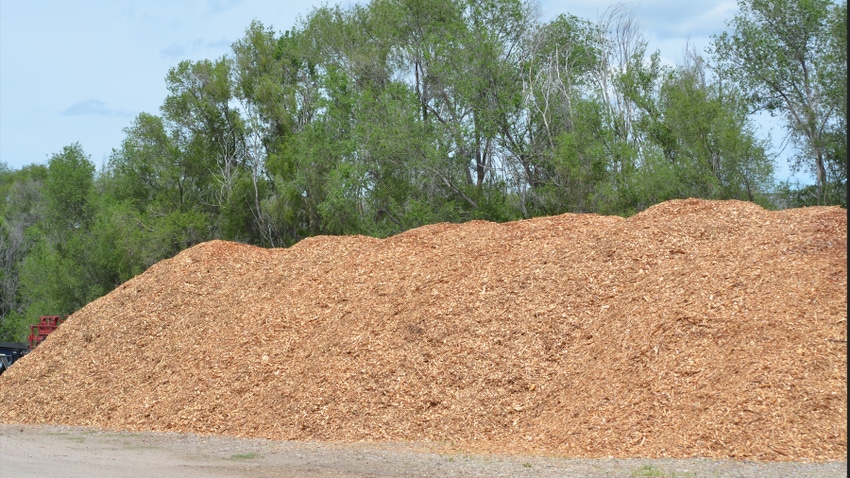
For most of the Great Plains states, eastern red cedar is a useful and hardy shelterbelt tree. That said, we all know that it can be an aggressive invader in pastures when left unchecked.
This situation has offered a unique opportunity for a few institutions hoping to take advantage of the availability of cedar biomass to heat their buildings with a sustainable, plentiful source.
Nebraska College of Technical Agriculture in Curtis, Neb., for instance, finished a gigantic biomass project in December 2011, replacing all the steam lines on campus and installing a new 19,000-pound biomass boiler that now heats almost all the buildings on campus, about 200,000 square feet.
When the project was initially begun, the campus was hoping to save about $50,000 per year in heating costs, while providing local ranchers with an opportunity to reduce nuisance cedar trees in their pastures.
Opportunities for biomass
The first such biomass project in Nebraska was installed at Chadron State College in the early 1990s. This biomass project uses about 9,000 tons of ponderosa pine wood chips generated from forest fuel thinning and management operations in the Pine Ridge.
Another large boiler system is used at the Arbor Day Foundation Lied Lodge and Conference Center in Nebraska City, using sawmill waste wood chips for facility heating and cooling, swimming pool heating, and laundry services. Those are the large systems.
There are numerous small wood heating systems across the Plains and Midwest. These range in scope from heating livestock buildings, horticulture greenhouses, farm shops and other structures, to agricultural grain or feed drying and wood products manufacturing businesses.
One business I visited years ago burned old, depleted wood pallets and other brush to provide energy for a gigantic manufacturing shop, to reduce heating costs and to use waste wood products.
The big picture
Looking at the big picture, the U.S. Energy Information Administration reported in 2021 that biomass from plants and animals provided nearly 5 quadrillion Btus worth of primary energy — about 5% of the total for the U.S. — with 2.1% of the annual total energy consumption coming from wood and woody waste.
Certainly, a large percentage comes from wood and wood processing waste in the form of firewood, wood pellets, wood chips, lumber, and furniture mill sawdust and waste from paper mills.
In Nebraska, eastern red cedar constitutes about 25% of the forestland, with about 25,000 acres of encroachment annually on grasslands. The number of cedar seedlings from 2005 to 2012 doubled in Nebraska to an estimated 300 million.
In Kansas, one report cites an increase of ERC by 15,000% from 1965 to 2010, with estimated increased ERC coverage of 139% at Tuttle Creek reservoir, 283% at Bourbon County and a whopping 539% at Perry reservoir over the past 30 years.
This so-called “green glacier” of encroachment upon native grasslands runs across the Plains, from the Dakotas south to Texas, and the reduction in grasslands is stark. That’s why woody biomass energy projects, such as those at NCTA and Chadron State College, may offer one tiny solution to this growing ERC encroachment issue that bleeds pastures of forage production and valuable water resources.
About the Author(s)
You May Also Like






